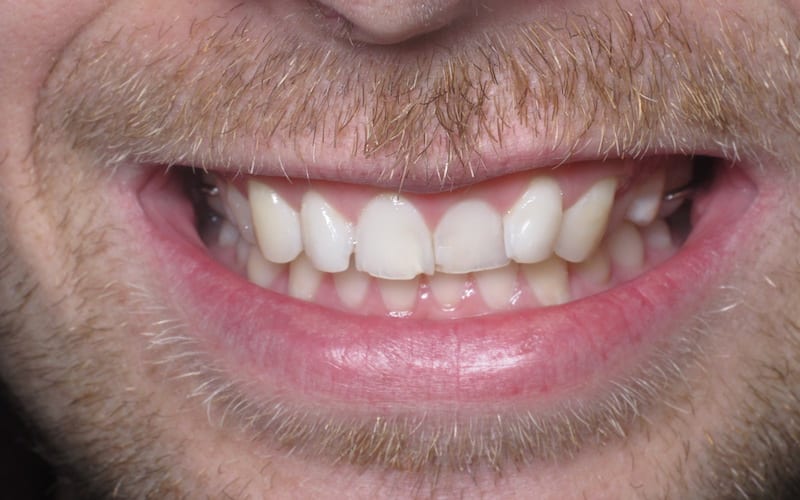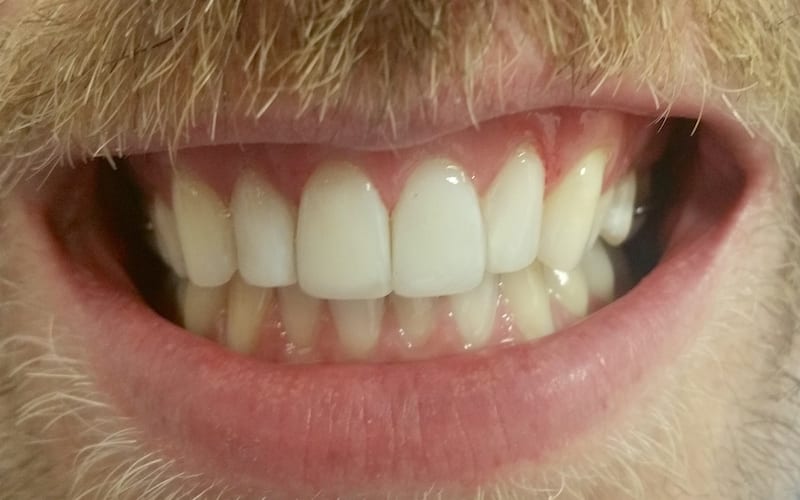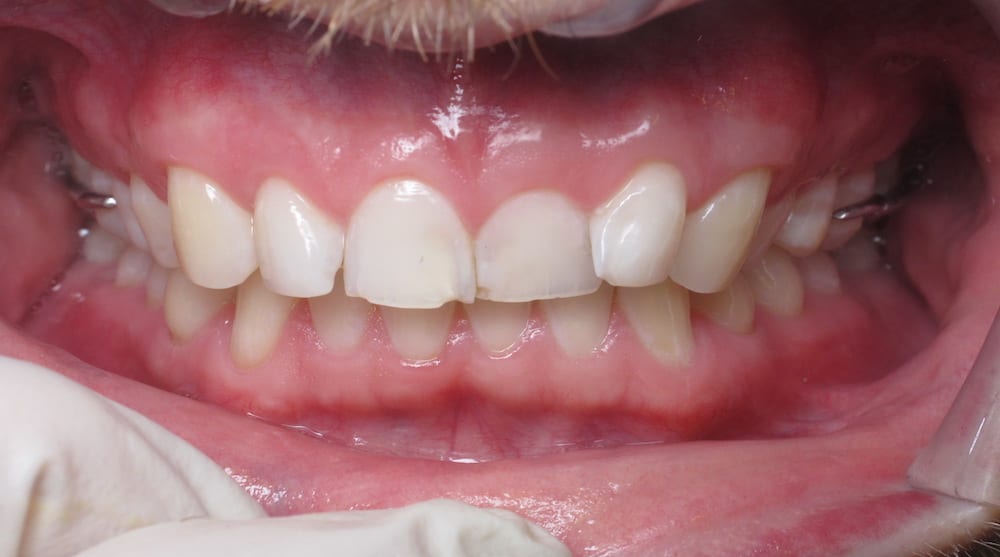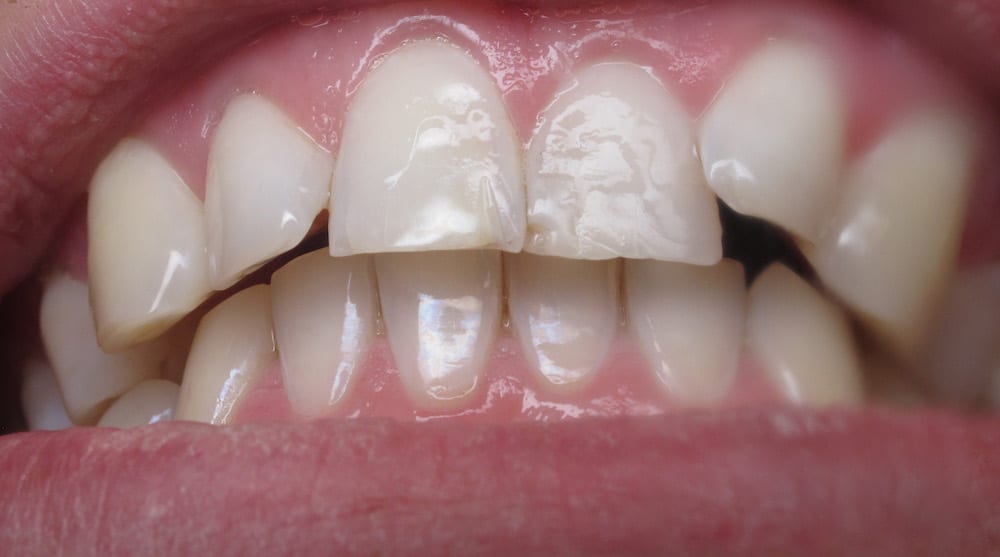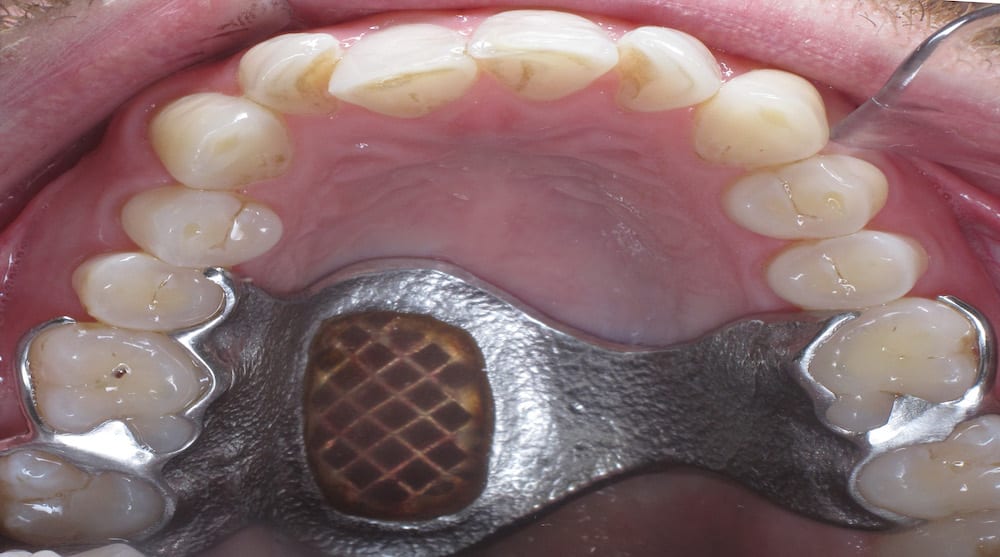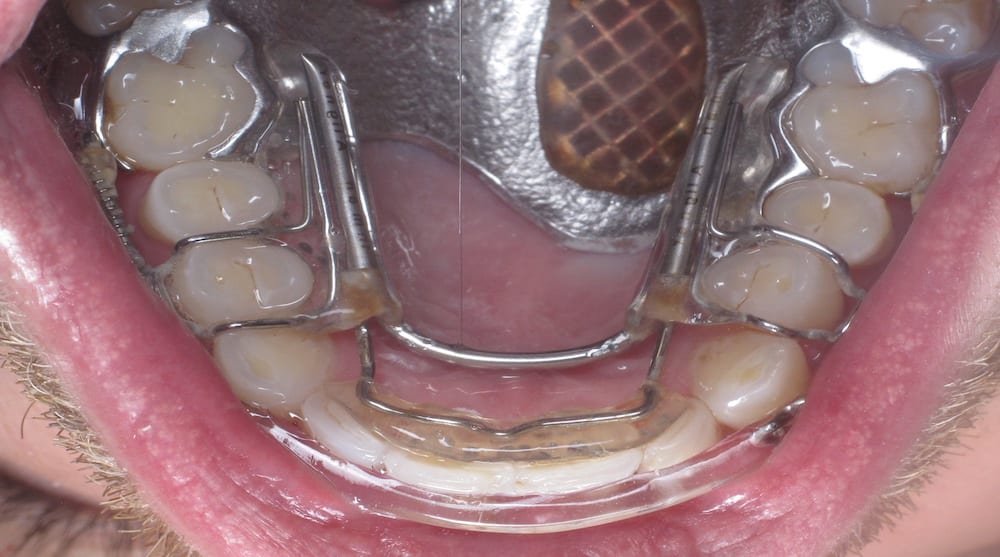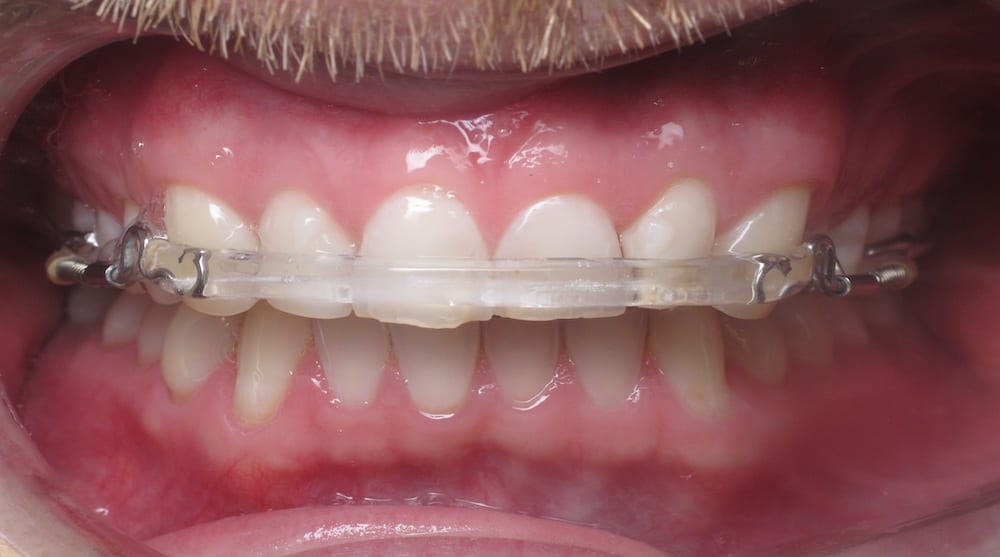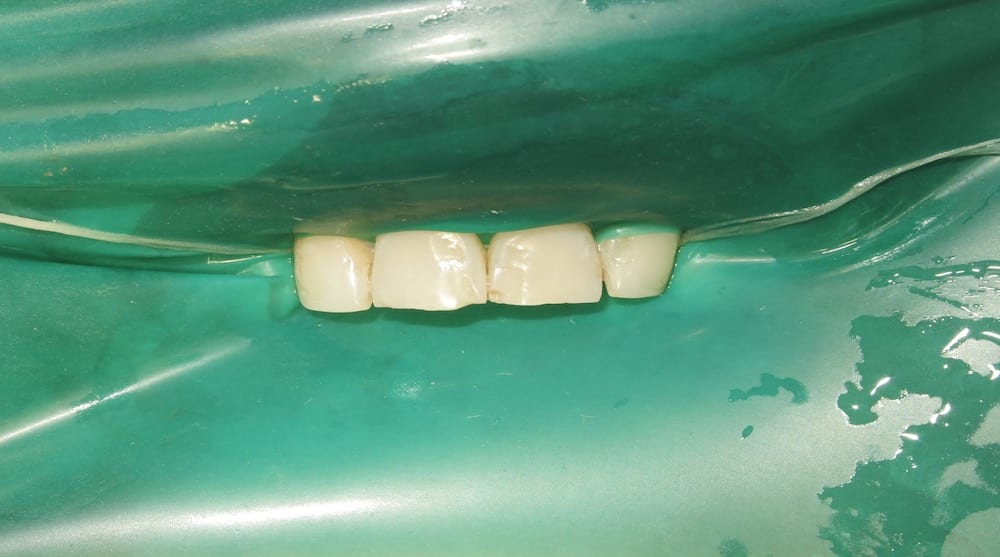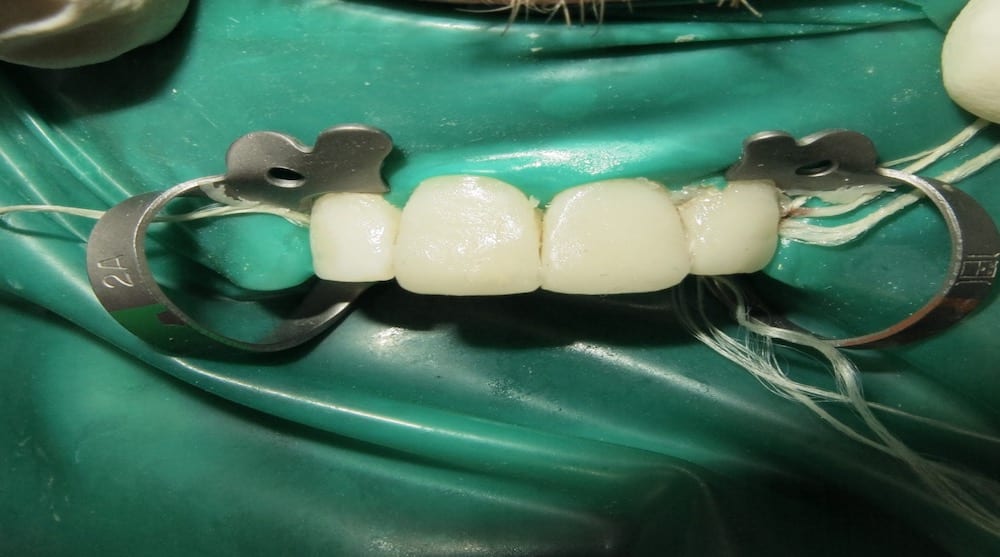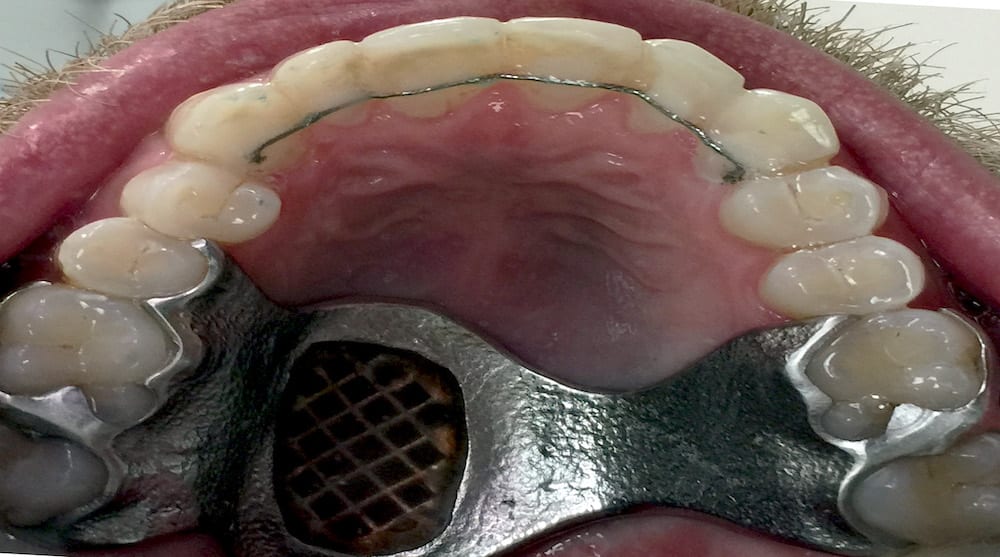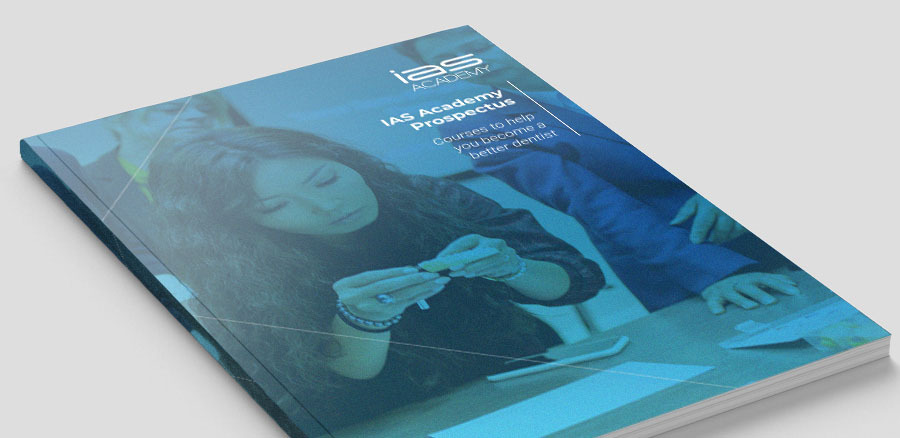In minimally invasive anterior alignment cases, treatment is typically carried out on patients with minor to moderate misalignment and straightforward cosmetic complaints. In this case, presented by Rhona Eskander from 80 Kensington Dental Clinic, the use of a removable appliance was much more than an aesthetic correction; it served as a unique solution.
Patient Complaint and Medical History
The patient, a young male, presented to the practice for a routine appointment to discuss undergoing orthodontic treatment. However, because of the patient’s medical history it was not a typical consultation. Several years previous, the patient had been diagnosed with a tumour, which meant that a hole had to be fabricated in his palate so that the cancerous growth could be removed. Since then, the patient has worn a palatal obturator, a prosthesis that occludes the opening and helps restore mastication, swallowing, articulation and the contour of the midface, while preventing nasal regurgitation.
Treatment Options
Despite the limited options that were available as a result of the obturator in situ, the patient was adamant that he wanted to avoid comprehensive / fixed orthodontics unless it was absolutely necessary. During the discussion of potential treatment options, the patient was informed of the results that could be achieved with gold standard orthodontics, but he explained that he would rather use an alternative. Consequently, fixed braces were also ruled out, as were clear aligners, as they would have interfered with the obturator.
In the end, after thinking outside the box and seeking guidance from Dr Tif Qureshi, the patient was considered for the IAS Inman Aligner. After the use of IAS Academy’s Spacewize+™ arch evaluation software to confirm suitability, it was calculated that 2.5mm of progressive interproximal reduction (IPR) would be needed throughout the treatment period. However, in order to fit the appliance correctly without interfering with the obturator, it required modification so that the clasps would attach onto the premolars, rather than the molars as in usual cases.
Treatment
The patient was shown how to insert and remove the appliance and was advised to wear it for at least 20 hours a day. During the alignment process, he attended fortnightly appointments so that we could monitor and document the movement of the upper anteriors, perform the appropriate IPR and ensure the appliance was not affecting the obturator. In total, he had 1.5 mm IPR carried on his upper centrals and 1 mm IPR on laterals.
Once the alignment was complete, gum laser therapy was performed on UL1 to make the gingival margins appear more even and remove bacteria to reduce the risk of periodontitis. Whitening was performed using Philips Zoom whitening using 16% carbamide peroxide for two weeks. Following this, composite bonding was carried out on the upper anteriors to further enhance the aesthetics. A fixed upper retainer was then bonded during the last appointment to prevent relapse from occurring in the future.
Outcome
Overall, the patient was very happy with the final results, especially as he had visited dentists who suggested that he would only be eligible for comprehensive orthodontics. I was also pleased with the outcome and glad that I was able to offer an alternative solution that not only satisfied the patient, but also produced excellent results in a safe and effective way, without disrupting the palatal obturator. However, if a similar case presented to the practice in the future, I would probably implement IAS Clear Aligners into the treatment process as well to achieve even better rotation and final tooth positioning.
The IAS Inman Aligner course is part of the IAS Academy pathway of training for GDPs. The course is now a continuum and 2 cases must be submitted and evaluated on completion for website listing.


